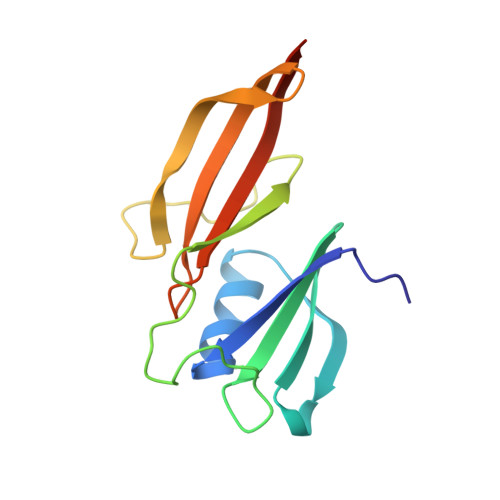Convergent biosynthetic transformations to a bacterial specialized metabolite.
Du, Y.L., Higgins, M.A., Zhao, G., Ryan, K.S.(2019) Nat Chem Biol 15: 1043-1048
- PubMed: 31406372
- DOI: https://doi.org/10.1038/s41589-019-0331-5
- Primary Citation of Related Structures:
6P29 - PubMed Abstract:
Microbes produce specialized metabolites to thrive in their natural habitats. However, it is rare that a given specialized metabolite is biosynthesized via pathways with distinct intermediates and enzymes. Here, we show that the core assembly mechanism of the antibiotic indolmycin in marine gram-negative Pseudoalteromonas luteoviolacea is distinct from its counterpart in terrestrial gram-positive Streptomyces species, with a molecule that is a shunt product in the Streptomyces pathway employed as a biosynthetic substrate for a novel metal-independent N-demethylindolmycin synthase in the P. luteoviolacea pathway. To provide insight into this reaction, we solved the 1.5 Å resolution structure in complex with product and identified the active site residues. Guided by our biosynthetic insights, we then engineered the Streptomyces indolmycin producer for titer improvement. This study provides a paradigm for understanding how two unique routes to a microbial specialized metabolite can emerge from convergent biosynthetic transformations.
- Institute of Pharmaceutical Biotechnology and The First Affiliated Hospital, Zhejiang University School of Medicine, Hangzhou, China. yldu@zju.edu.cn.
Organizational Affiliation:


















